Google Ads Services
$ 400
Includes: Targeted Google Ads campaign setup, keyword research, ad copywriting, bid management, conversion tracking, and 1-month performance monitoring. Delivery in 1–2 weeks.
Description
Comprehensive Google Ads services to boost your online visibility and drive qualified traffic. This package covers in-depth keyword research, compelling ad copy creation, campaign setup tailored to your goals, bid and budget management, conversion tracking implementation, and ongoing optimization for maximum ROI. Receive detailed performance reports and 1-month campaign monitoring with expert support. Typical delivery: 1–2 weeks.
Related products
Description:
A poster is a great way to share your message with others. Our Poster Designing services help you create posters that look amazing and catch attention. We design posters for many purposes, like promoting events, advertising products, or sharing important information. Each poster is custom-made to match your needs and style. We make sure the design is easy to read, looks good, and fits your brand. Our team works hard to create posters that stand out, whether they are for schools, businesses, or community events. Plus, we offer different design packages, so you can pick one that works with your budget.
Google Ads Features
Keyword Research and Selection
Campaign Setup and Management
Ad Copywriting and Optimization
Budget Management
Audience Targeting
Performance Reporting
Our Workflow
Research
Analyze keywords and audience for a successful campaign strategy.
Setup
Create and configure campaigns tailored to your goals.
Optimization
Continuously monitor and refine ads for better performance.
Reporting
Provide detailed reports on campaign metrics and results.
FAQs
Our Recent Work
Client Success Stories
Read how CognitoJs has helped businesses grow through genuine customer feedback and successful results!
Alex R.
E-commerce Business Owner
⭐️⭐️⭐️⭐️⭐️ "Google Ads helped us get noticed by customers instantly. Our website traffic has never been this high!"
Emma T.
Software Company CEO
⭐️⭐️⭐️⭐️⭐️ "The team made our Google Ads campaign simple and effective. We saw better ROI within weeks."
Jack P.
Retail Store Owner
⭐️⭐️⭐️⭐️⭐️ "Our sales doubled after running Google Ads. Highly recommend it to anyone looking for fast results."
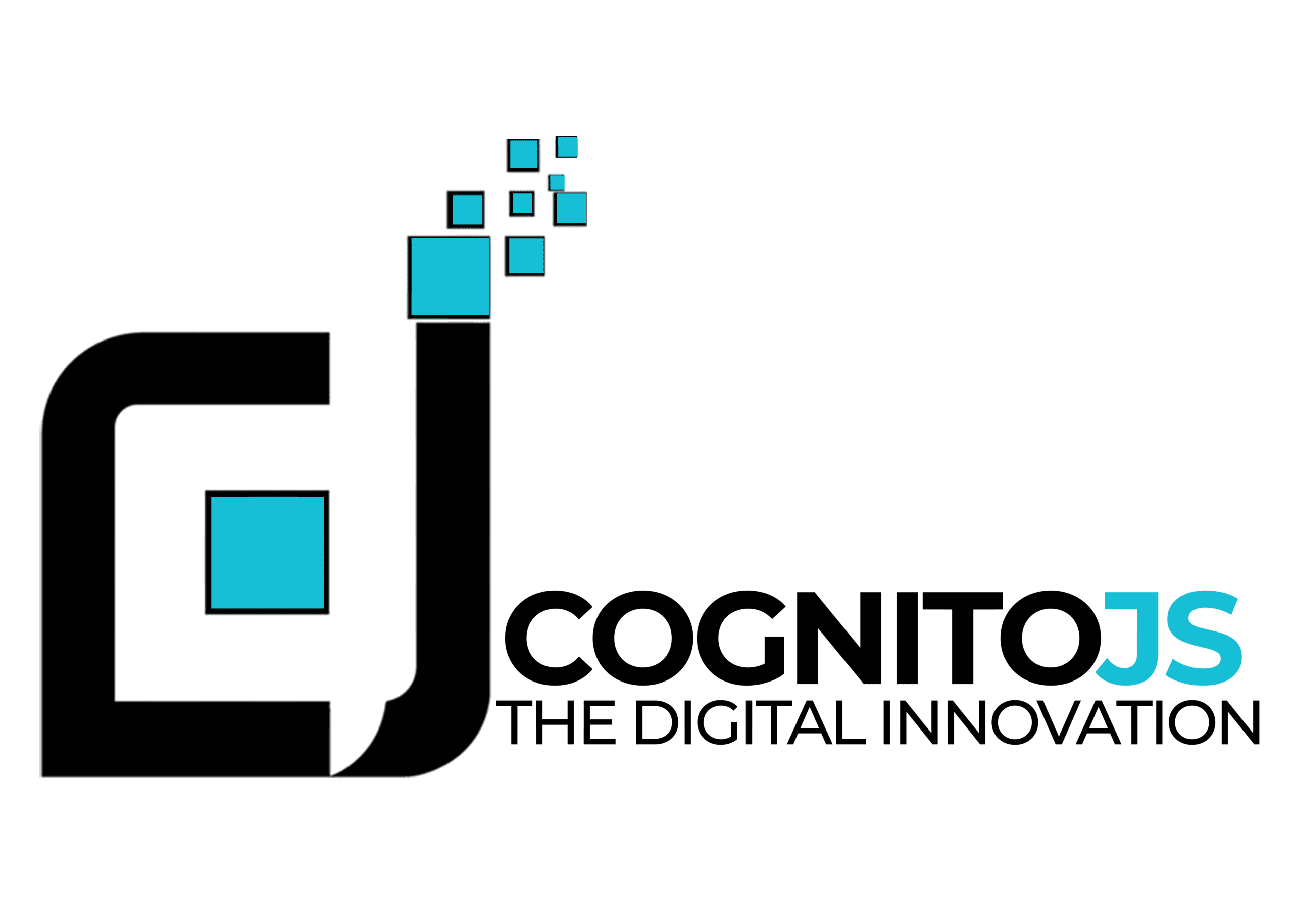
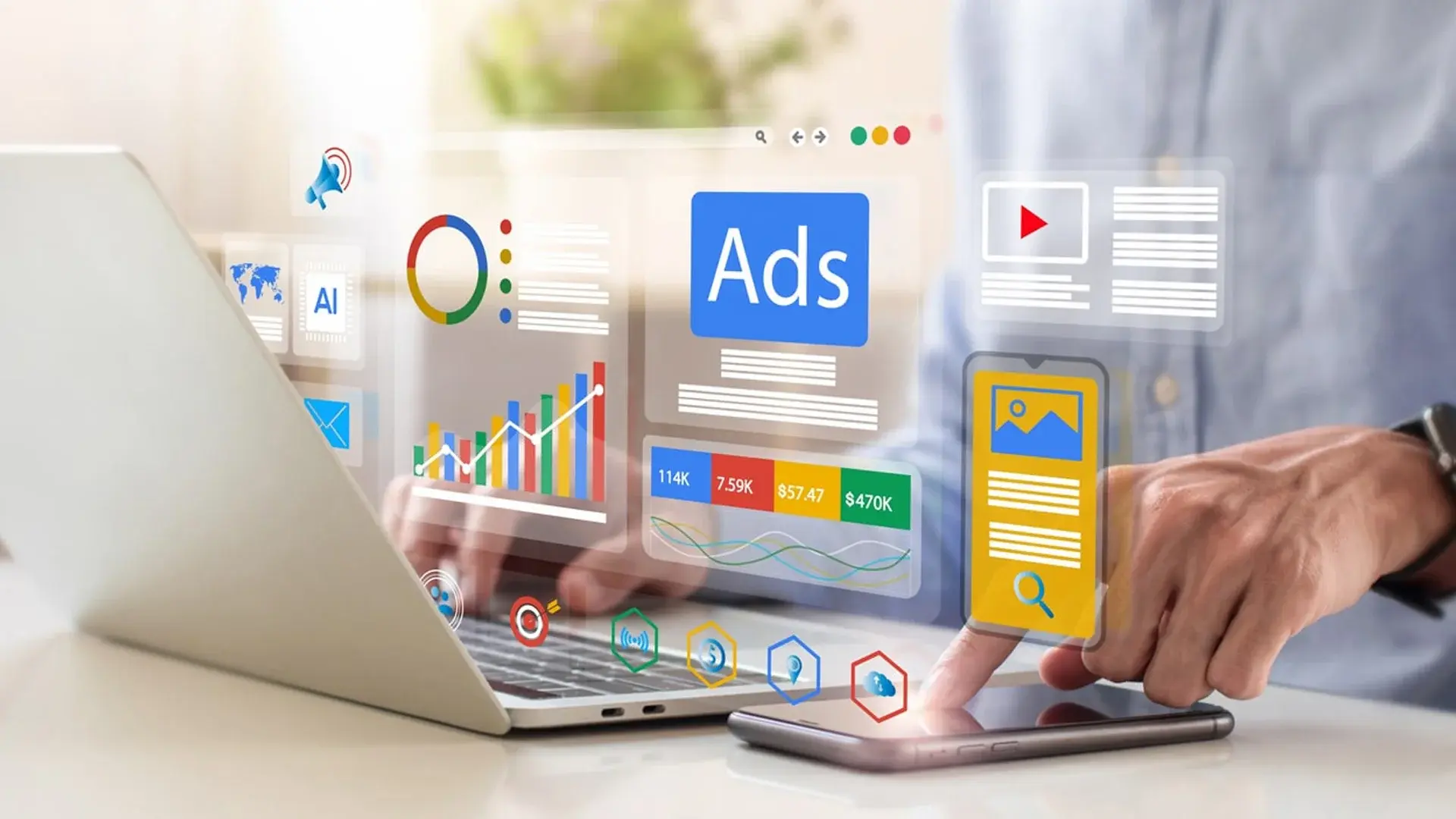
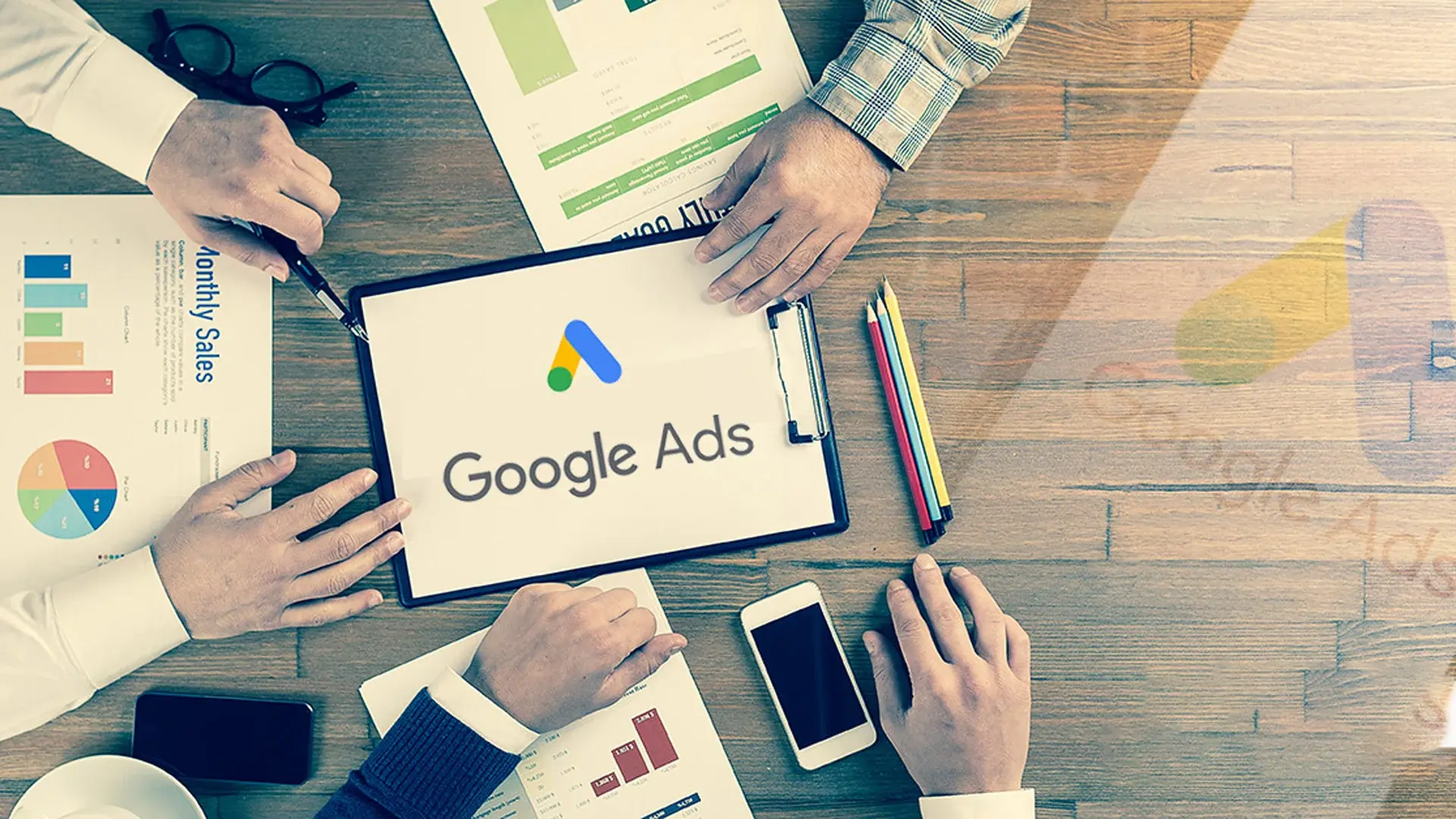
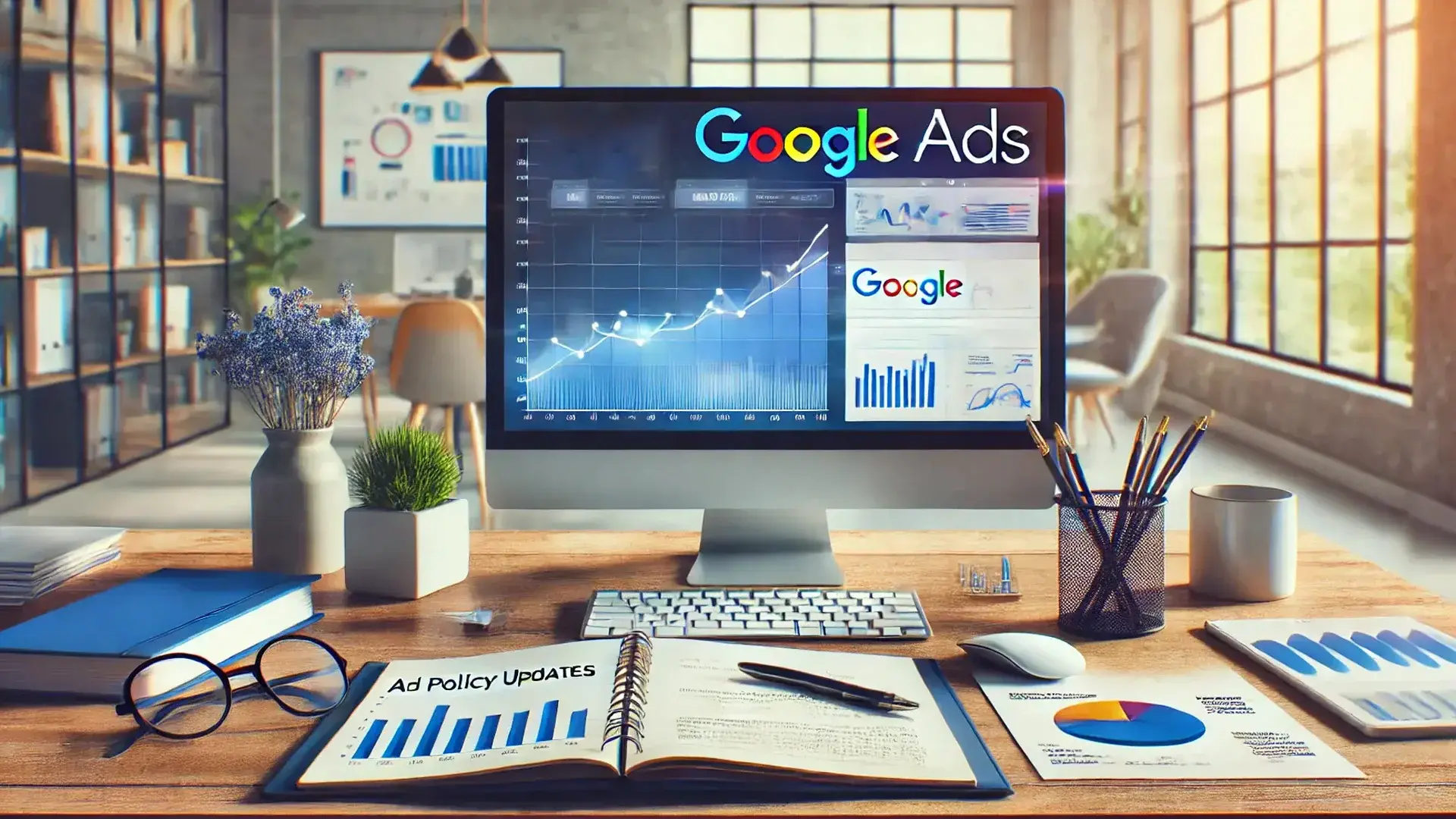
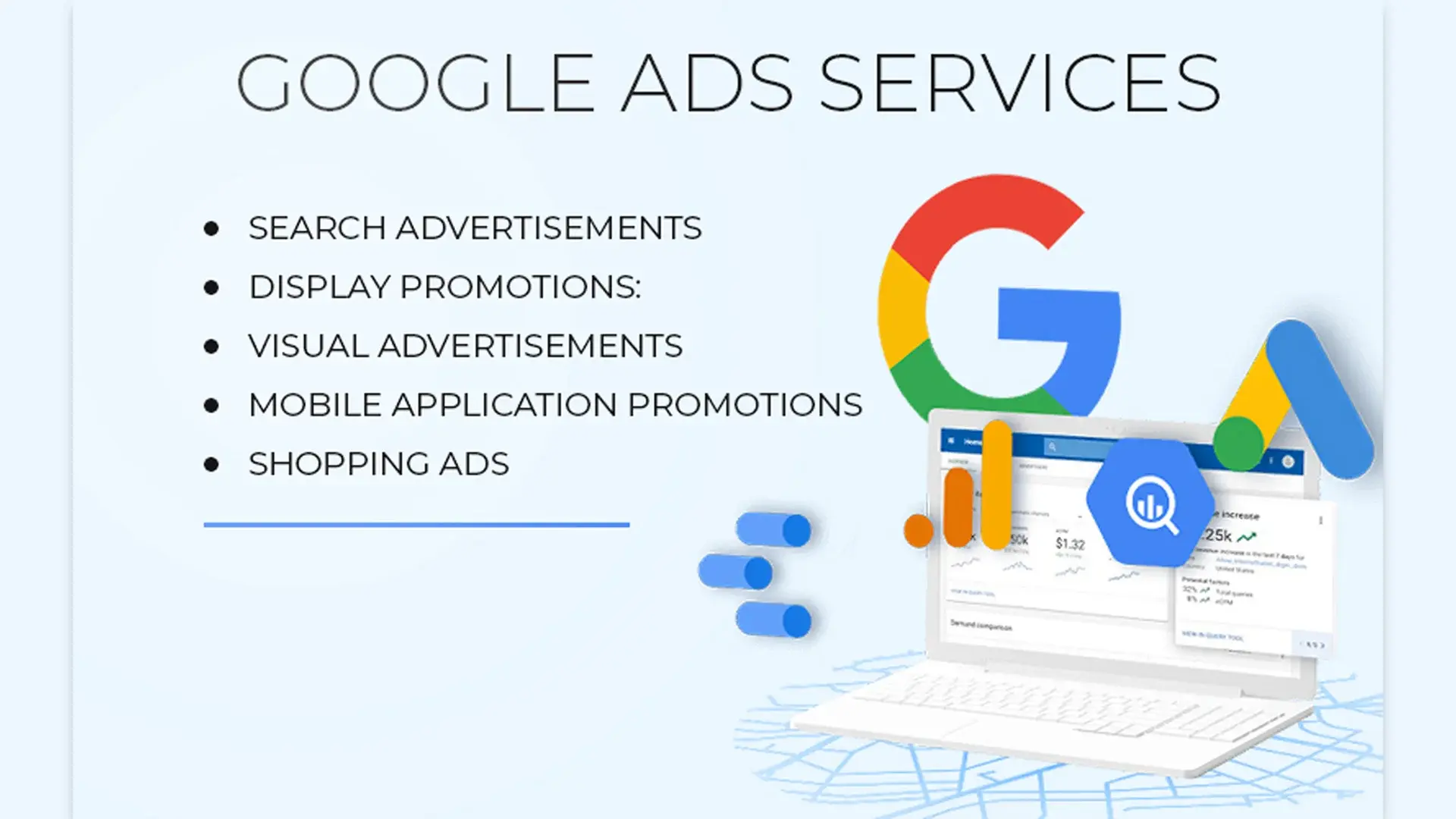
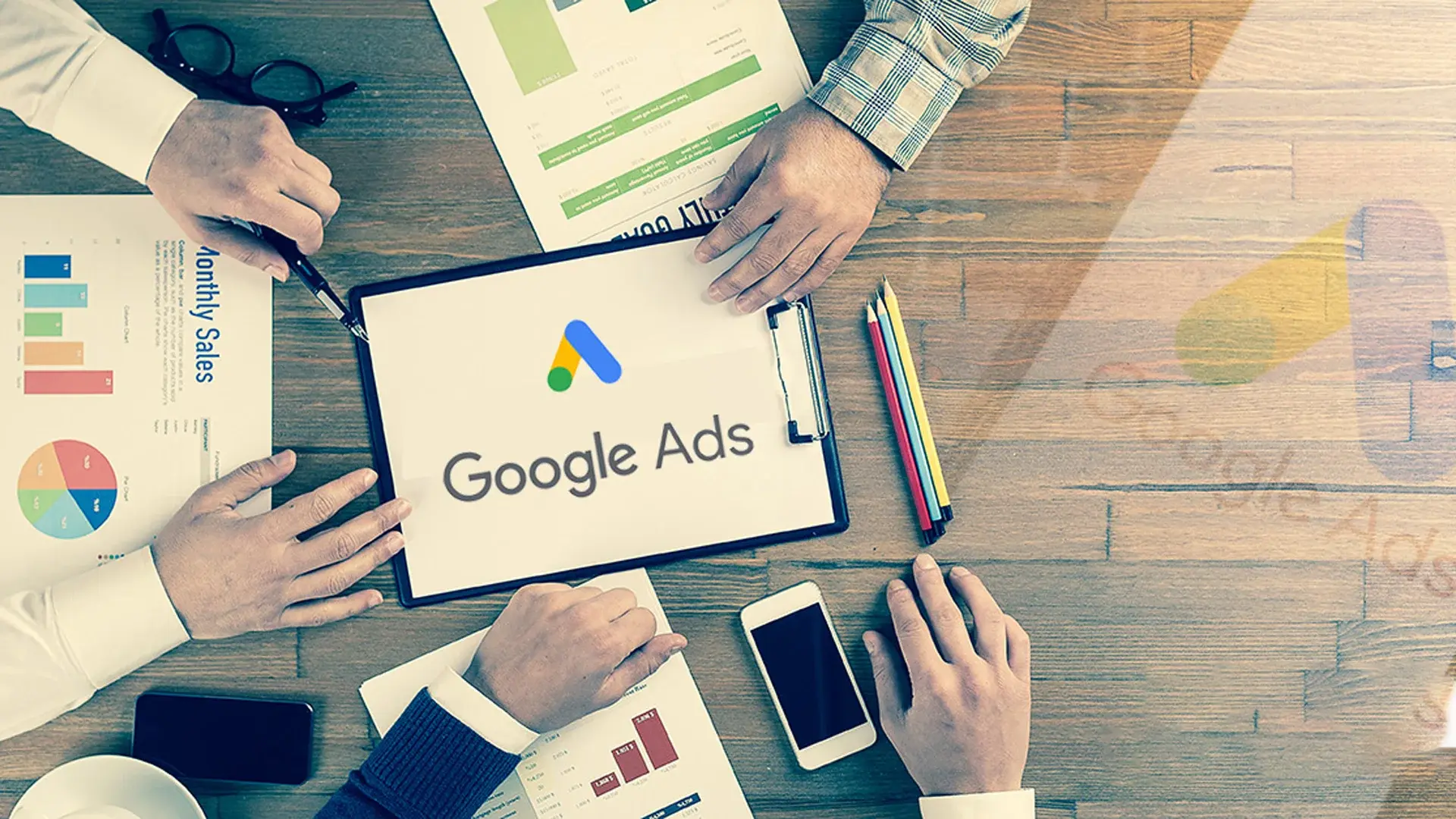




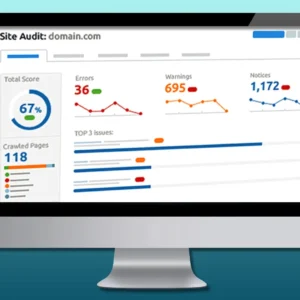

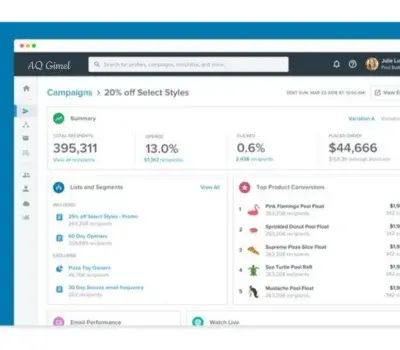
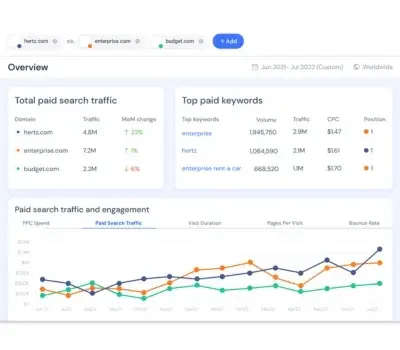



Reviews
There are no reviews yet.